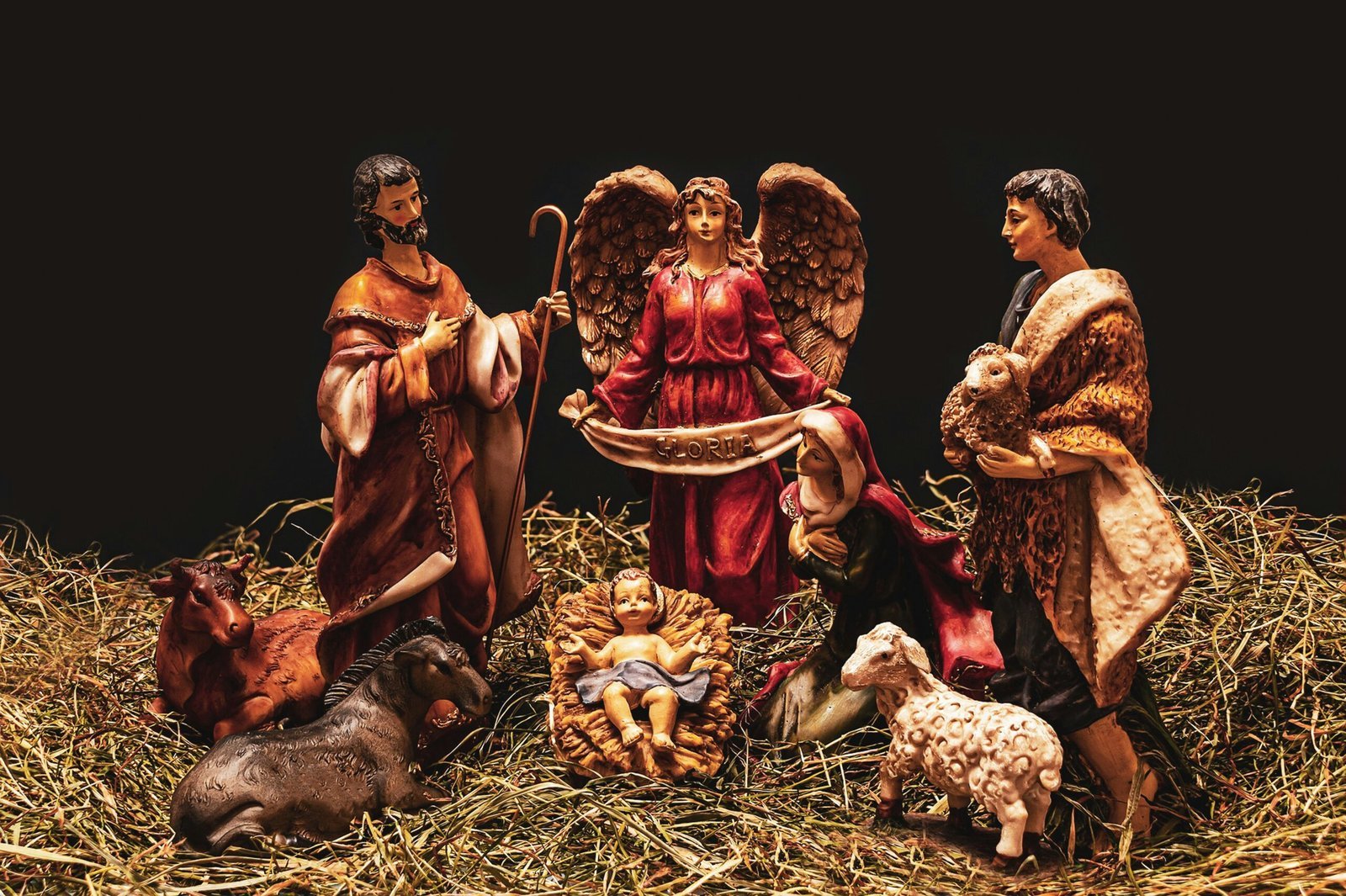
Who is Jesus?
The birth of Jesus Christ is a pivotal event in Christian tradition that symbolizes hope and the promise of salvation. Christ’s birth is central to the Christmas celebration.
Christians believe that God, who created everything and is perfect in every way, sent his only begotten Son to earth about 2,000 years ago to live a perfect life and be the perfect example of what a life completely submitted to God looks like. Christians also believe that Jesus is, in his very essence, God; only in human form.
Jesus put aside his divine nature in order to come to earth as a helpless baby, so that He might eventually pay the proper price that all humans owe to God for each of our transgressions against God.
Once Jesus grew up on earth in human form, God made Jesus who never did anything morally displeasing to God — Christians call any of those acts sin — to be the embodiment of moral displeasure of God on all of our behalves so that we might be able to have a reconciled relationship with God because of Jesus. Jesus voluntarily took the responsibility for all of our bad, and in exchange, declared all of His people to be in a right relational standing with God. And all of this happened because he humbled Himself and came to earth in human form, born of a human woman.
Emmanuel: God with us
This is why we celebrate Christmas. It’s because God gave us a the gift of a Savior, which is Jesus Christ. God came to earth to live and dwell among us. And it is only because of Jesus Christ, His miraculous birth, His perfect live, and His eventual death, burial, and resurrection that we have hope to be reconciled to God forever.
Full of grace and truth
Jesus created everything, and when His creation rebelled against Him, He came to save His creation and reconcile them to Himself. In the Gospel of John, one of the four primary tellings of the life of Jesus, the Apostle John says it like this:
10 He was in the world, and the world was made through Him, and the world did not know Him. 11 He came to His own, and His own did not receive Him. 12 But as many as received Him, to them He gave the right to become children of God, to those who believe in His name: 13 who were born, not of blood, nor of the will of the flesh, nor of the will of man, but of God.
14 And the Word became flesh and dwelt among us, and we beheld His glory, the glory as of the only begotten of the Father, full of grace and truth.
(John 1:10-14)
At the heart of the Nativity story lies the manger, a simple, often rustic feeding trough for animals, where Jesus was laid after his birth. The choice of a manger as the birthplace of the Messiah is profound, serving as a representation of humility. It conveys the message that greatness can emerge from the most unassuming beginnings. This aspect of the Nativity challenges societal norms and expectations regarding status and power.
Jesus gave up His divine status to save the world, and He did it by becoming a human baby. For the people who trust in His work on their behalf, they become children of God; to those who believe in His name. This is why we celebrate Christmas. Because the greatest gift is that God came to be with us, so that we might be with Him forever.
